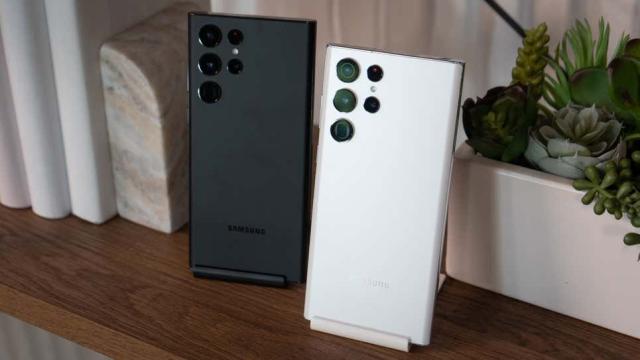Samsung can’t seem to launch a flagship without making a little bit of a mess along the way. The company recently came under fire for throttling the performance of apps on its Galaxy S22 series of smartphones through its Game Optimisation Service, or GOS. But curiously, the apps that the GOS didn’t throttle were some well-known benchmarking suites.
Users discovered that Samsung’s GOS limited over 10,000 common Android apps. The feature comes preinstalled on the latest Galaxy S-series devices. In the Android community, these are game launchers, and their specific utility is to help your device perform “optimally” as you’re playing a mobile game.
In Samsung’s case, the GOS was found limiting performance in games and tons of regular apps, too. The list included well-known faves like Facebook (still a favourite for your parents), Instagram, TikTok, Spotify, ride-hailing apps like Uber, and even Samsung’s apps, like Samsung Pay.
A video posted by a Korean YouTuber showed further proof of throttling. However, they tried benchmarking with 3DMark rather than Geekbench, and the results also showed the device stymied performance unless the apps were categorised in a way that didn’t fire up the GOS in the background. This led folks to believe that Samsung was attempting to game its benchmarks again, which is why Geekbench removed the last four years of Samsung devices from its global leaderboard.
According to Korean Samsung community forums, the latest software update is Samsung’s answer to the GOS throttling concern, though it’s bundled with other general software fixes. When translated from Korean to English through Google Translate, the update mentions removing the “CPU/GPU initial performance limit when running the game” and providing the ability to “bypass GOS” for specific apps. Unfortunately, I don’t have access to the update on our review unit, so I can’t tell if there’s an easily discernable option firsthand.
We reached out to Samsung to ask if US-based Galaxy S22 units would see a similar software patch. There’s no word yet of a planned update from the company for this side of the pond.
At the very least, unlike the exploding batteries in the Galaxy Note 7, this isn’t an issue you have to worry about living with on your new Galaxy S22. Game launchers have become yet another accessory as part of the Android experience. Google introduced its version in Android 12, called Game Mode. Even OnePlus has its own OnePlus Games, which pops up when playing a game to offer push-button performance enhancements and recording gameplay options.
But Samsung’s been caught flubbing the numbers on its performance benchmarks before, which is why some found this incident was hard to write off as merely, say, a coding error. If Samsung was up to no good, why were the oft-used apps a part of the game optimisation list and not the benchmarking ones that test the device’s limitations?
Game launchers exist to highlight the capabilities of your Android device, but they might need a little reining in, too. Samsung ought to figure out how to allow testers to get their data while also delivering a solid experience to its consumers.
